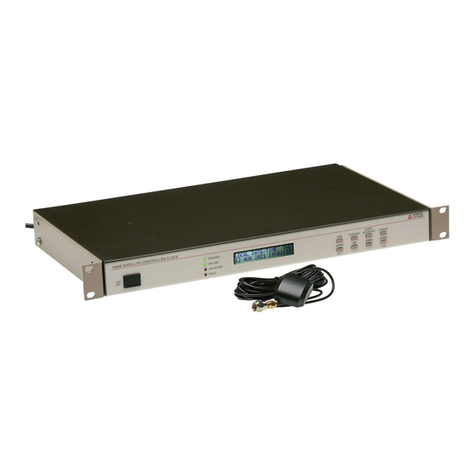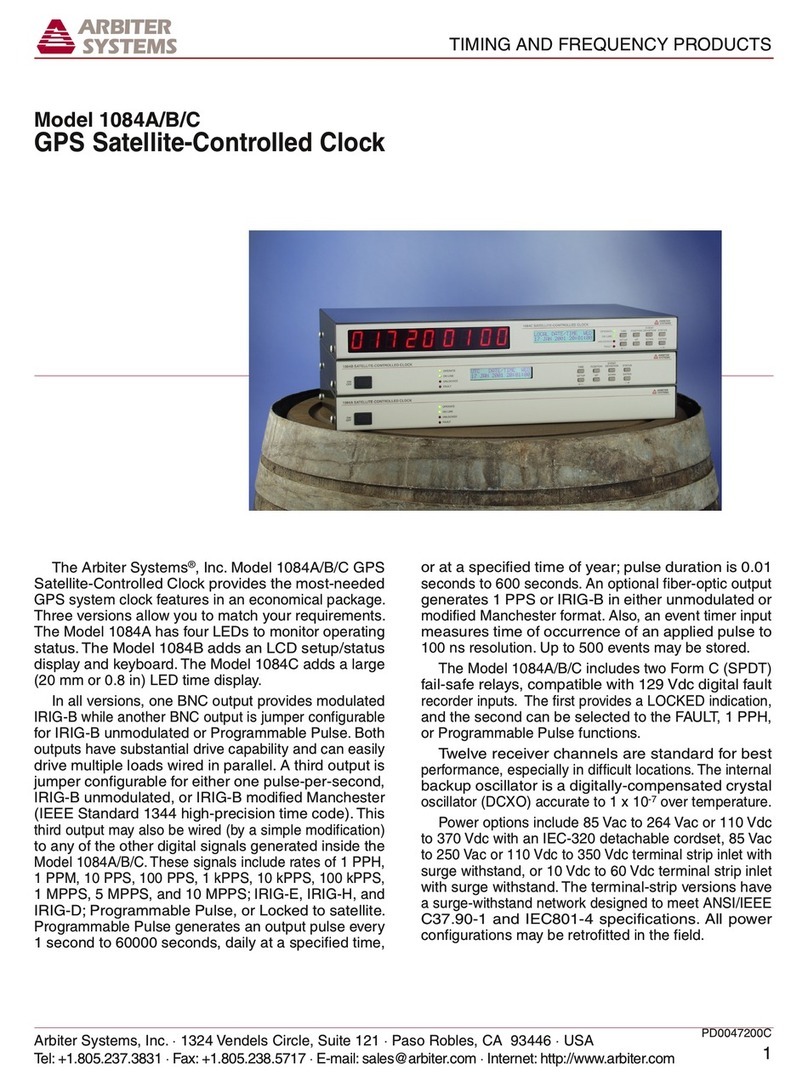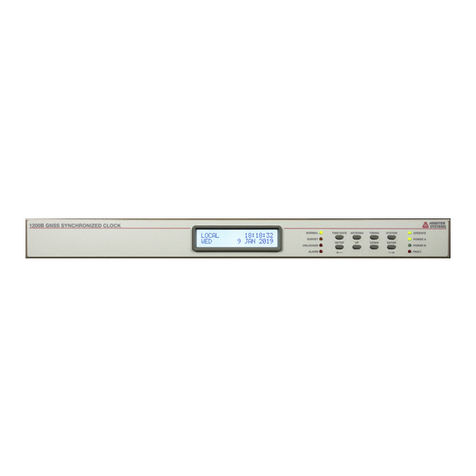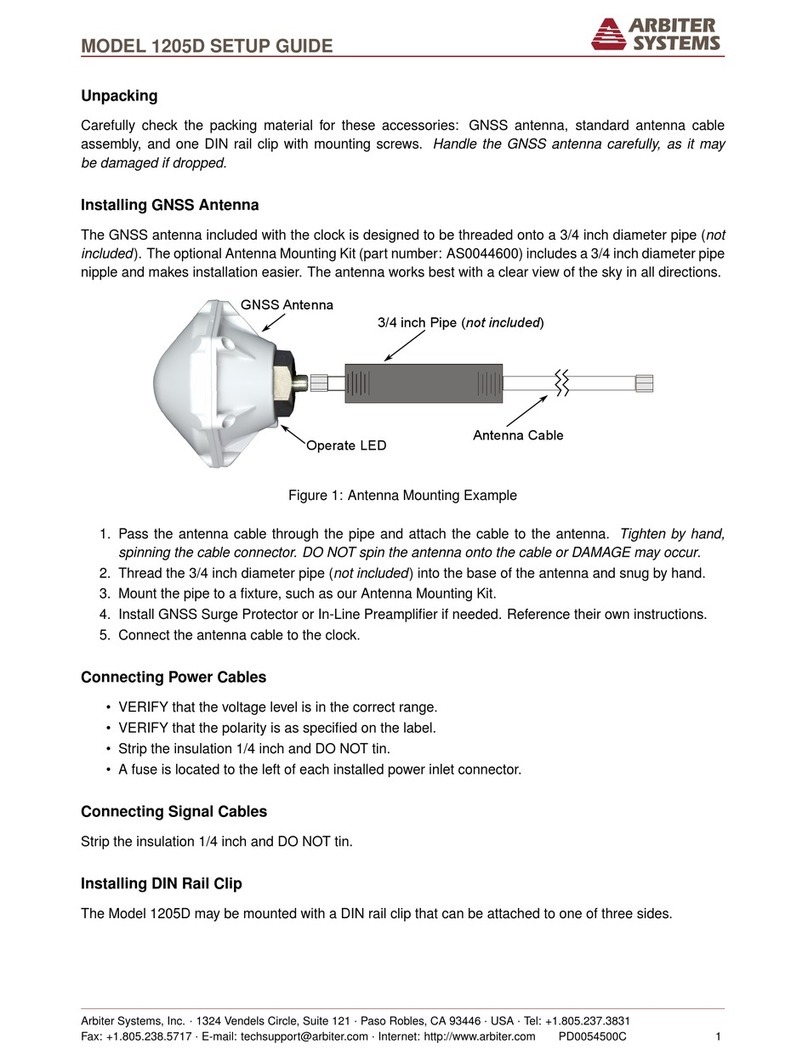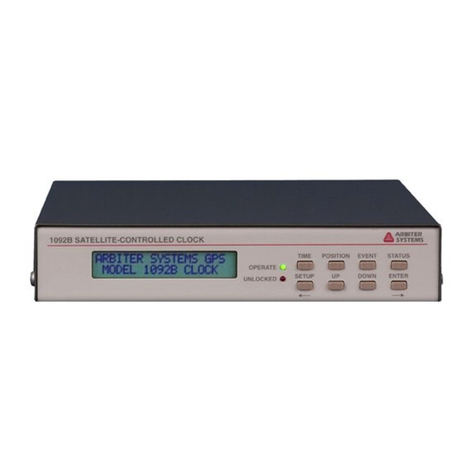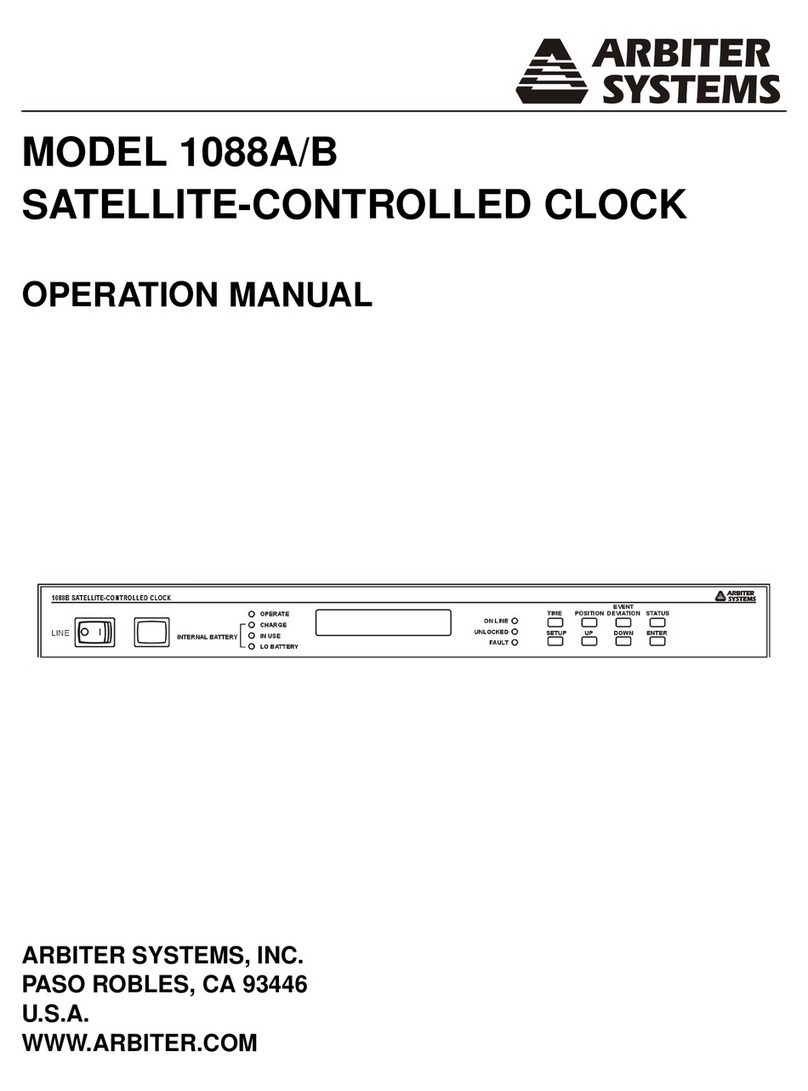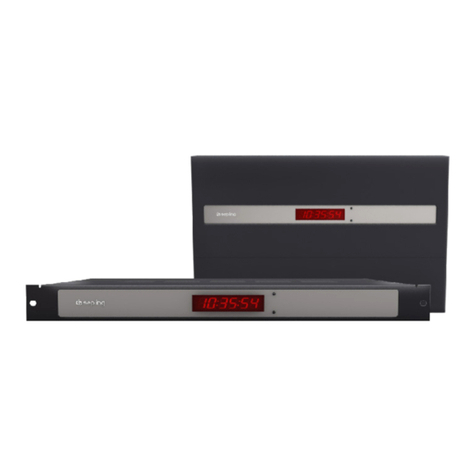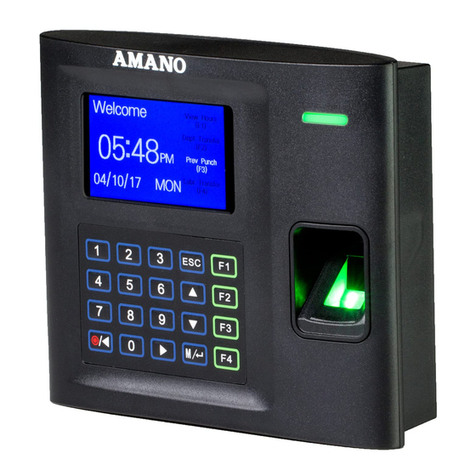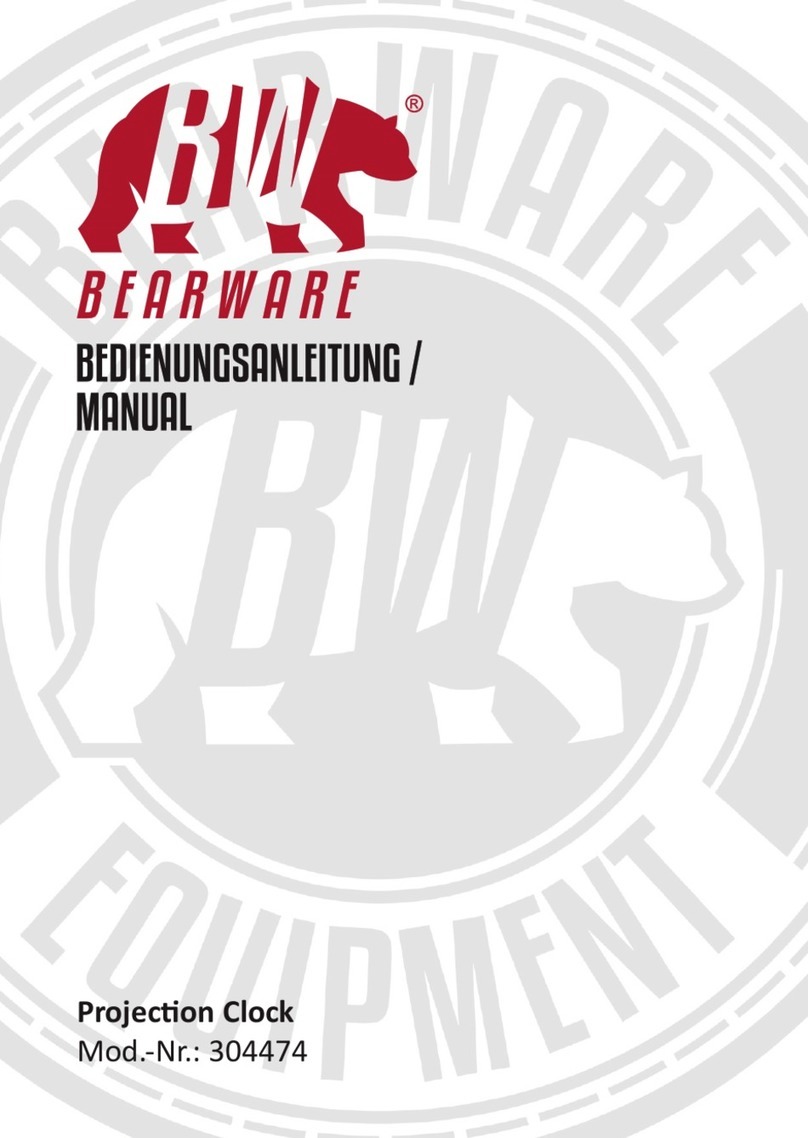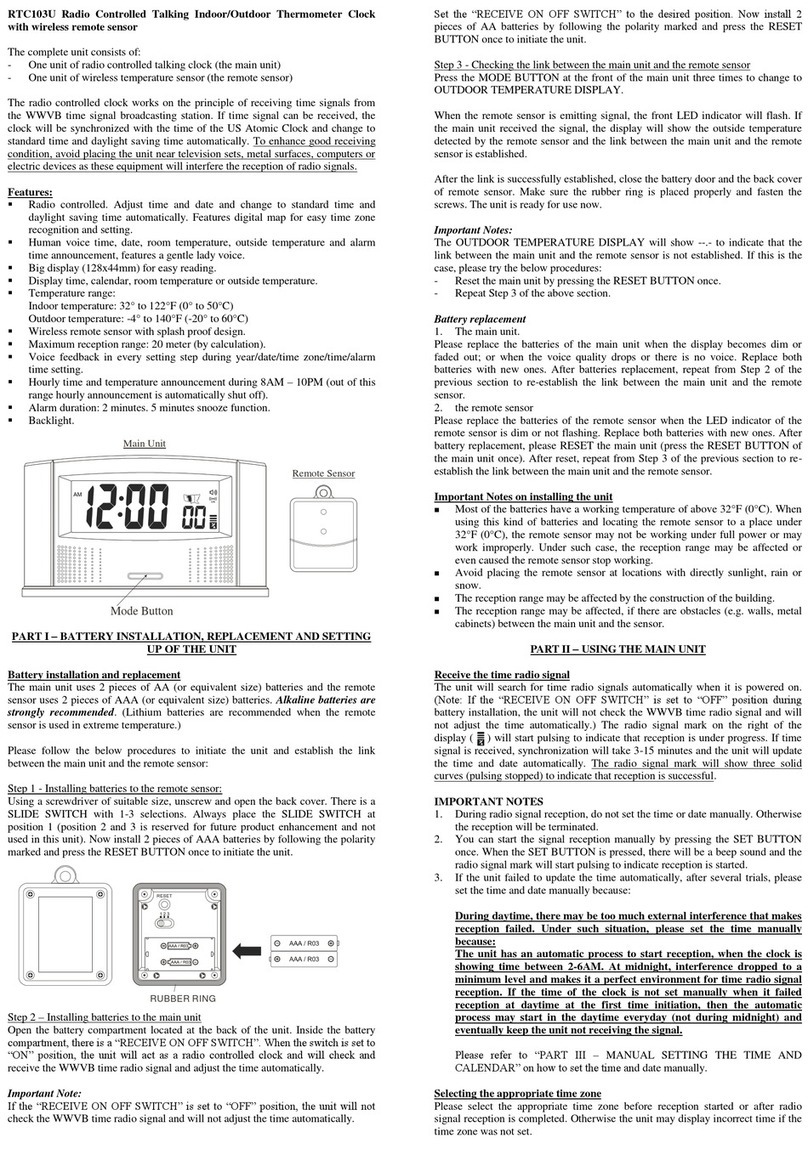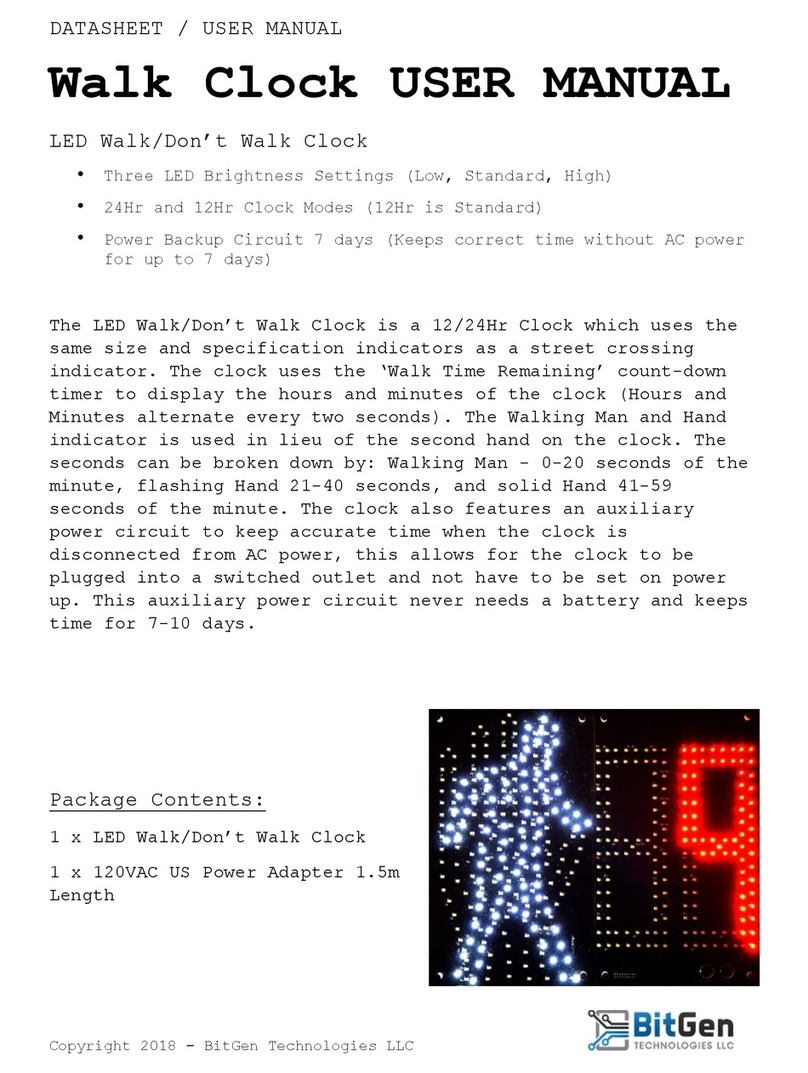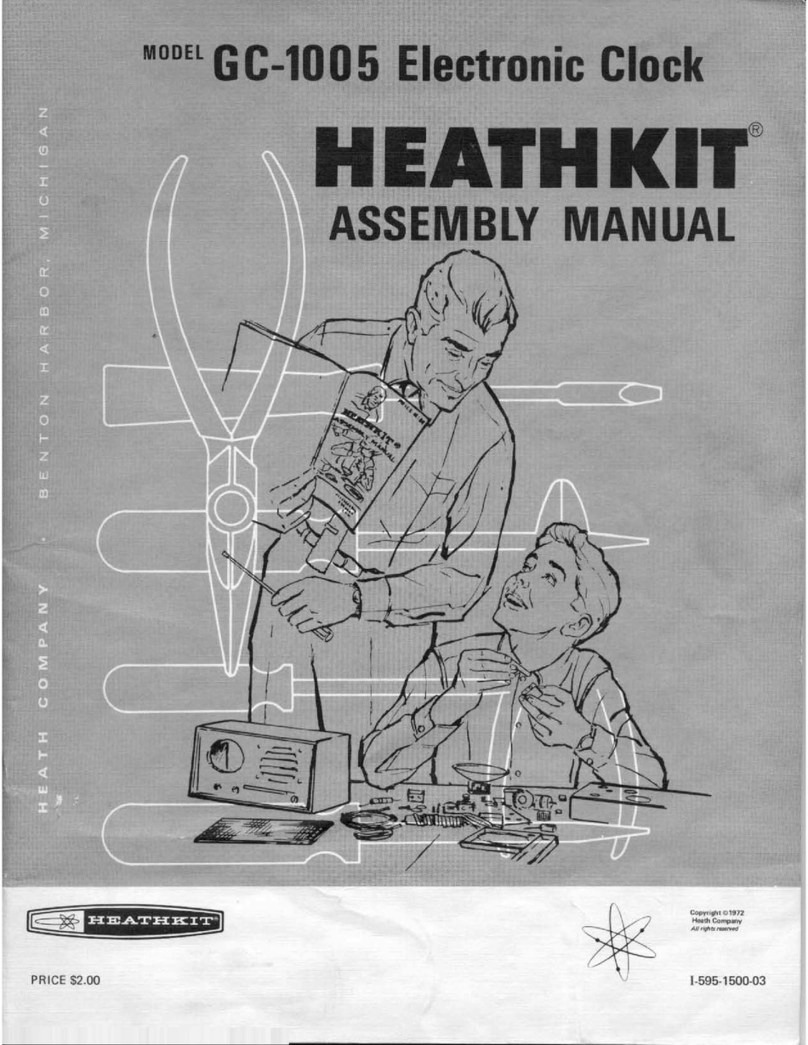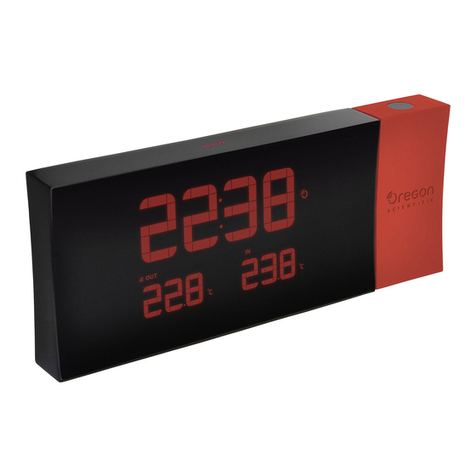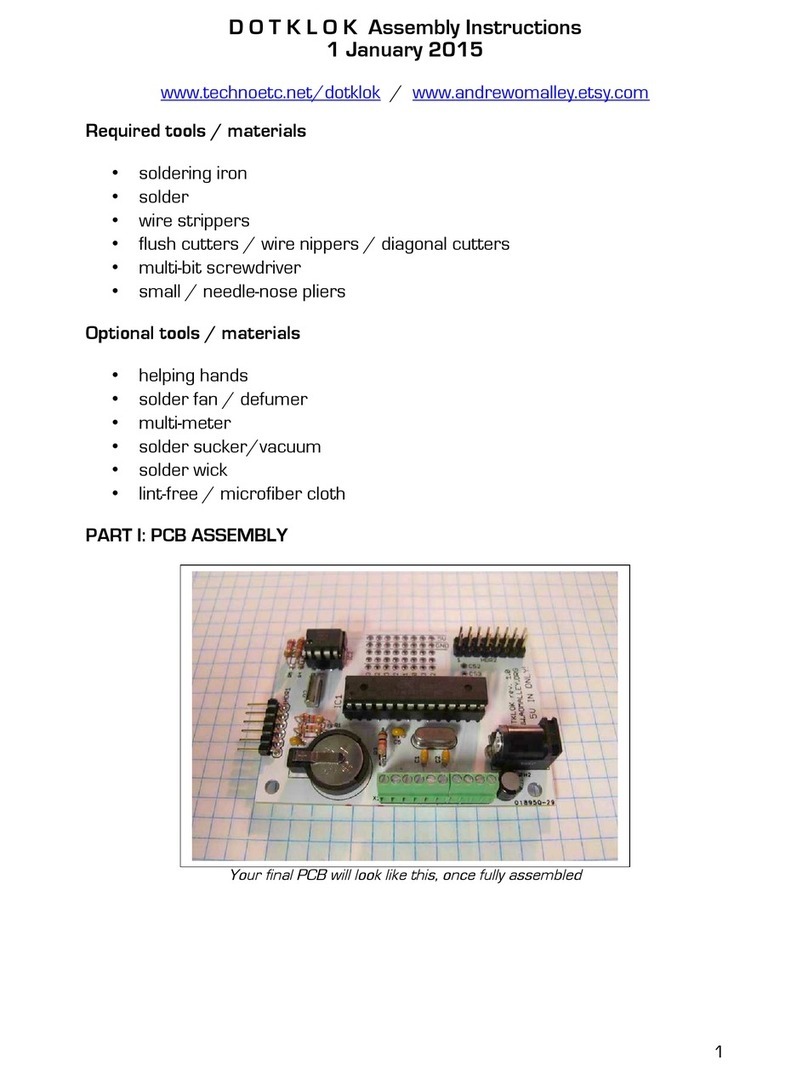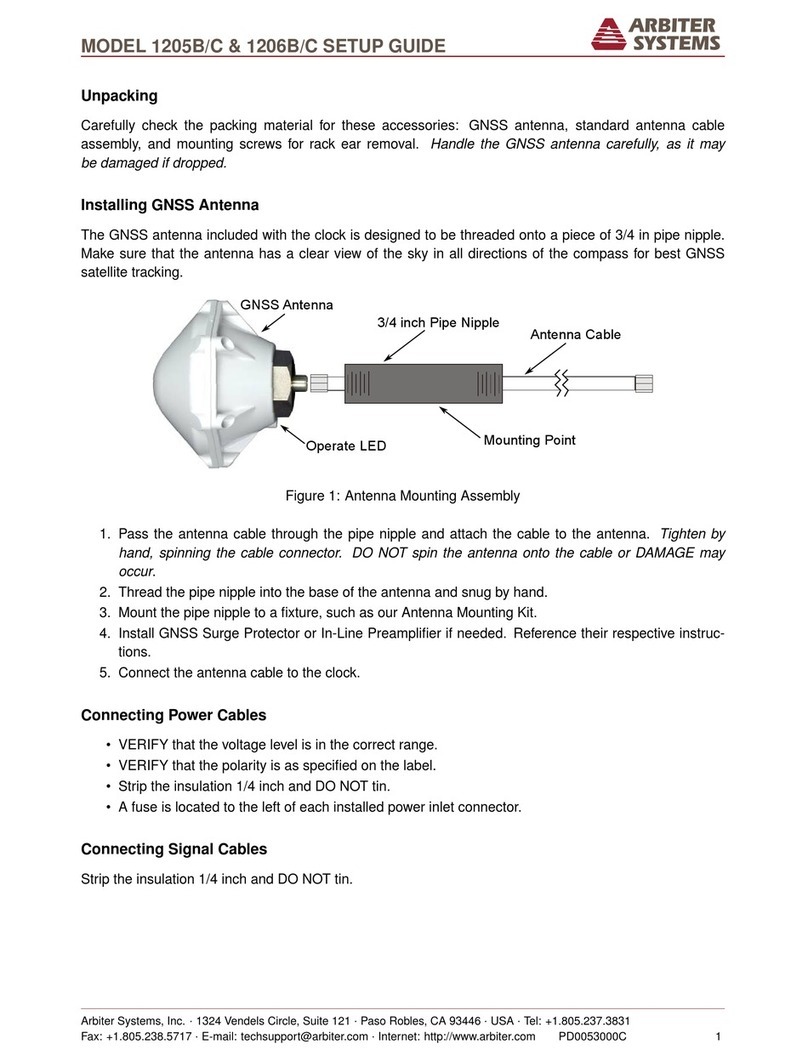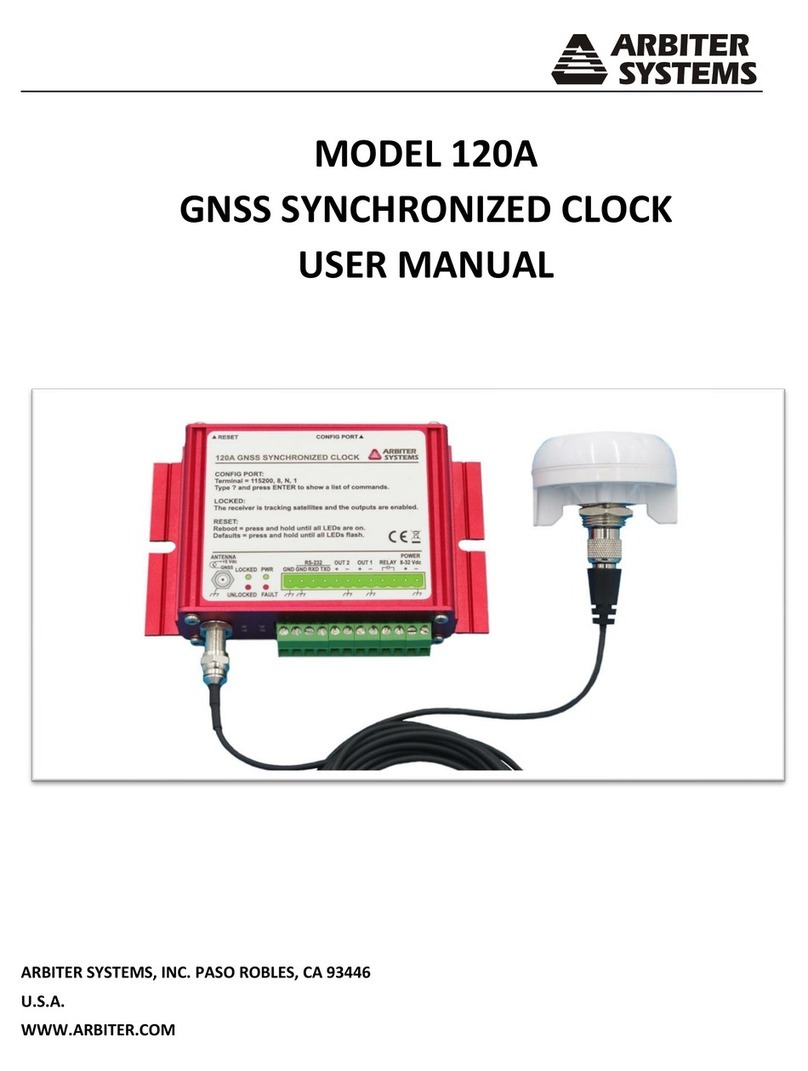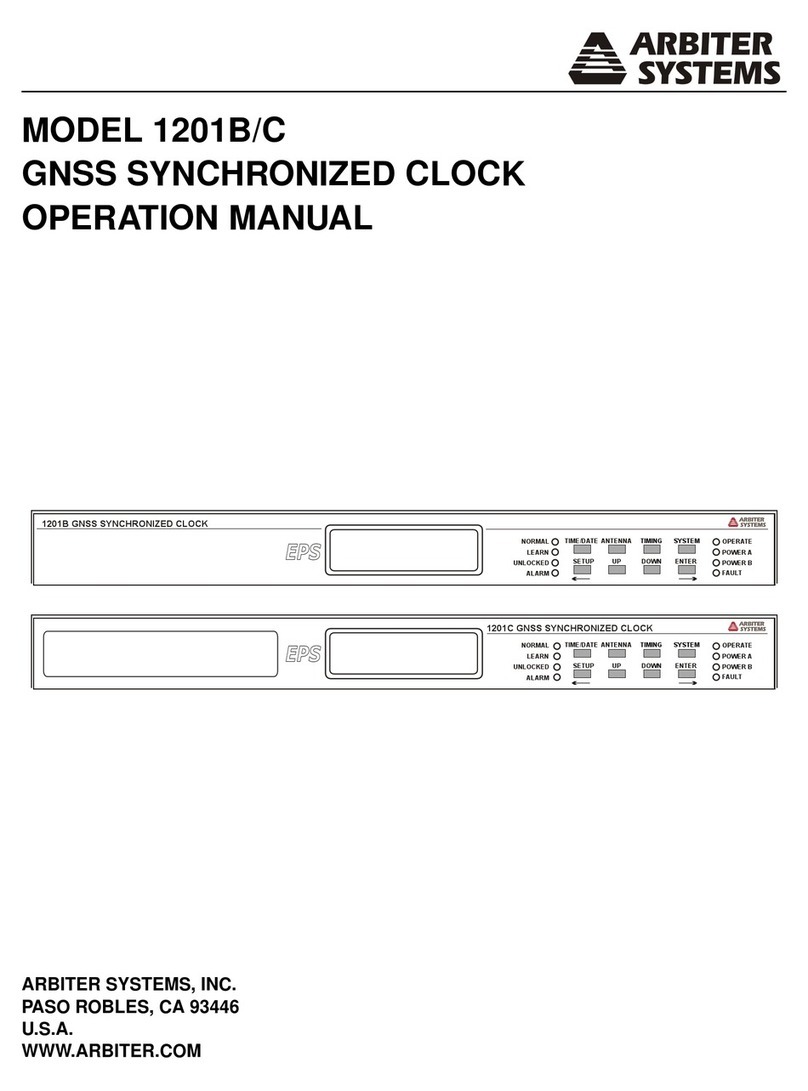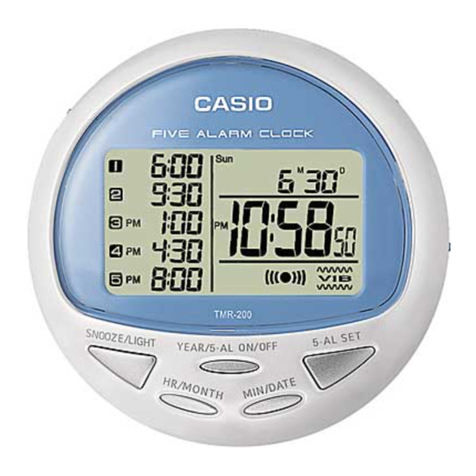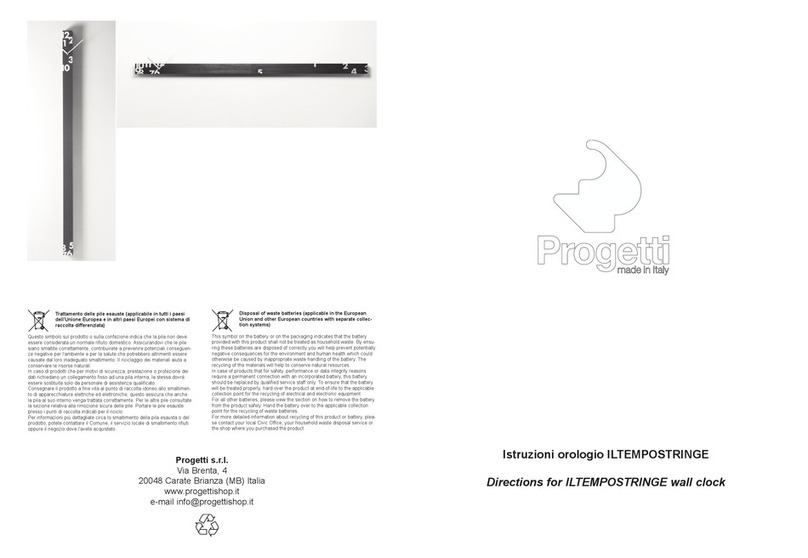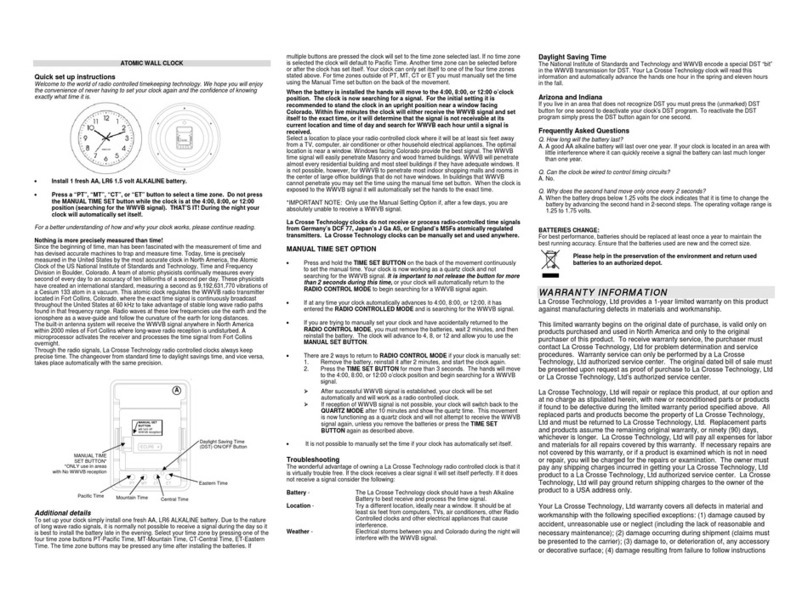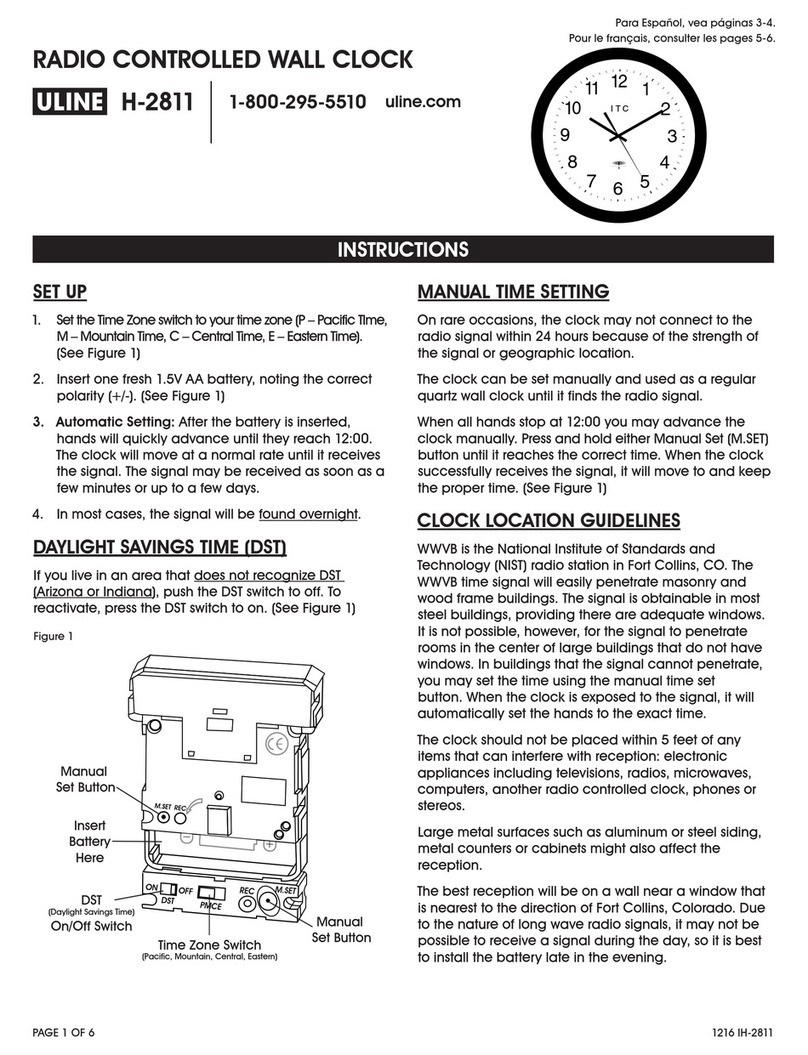7
4.2 Operating Modes........................................................................................................................................32
4.2.1 Learn and Normal Modes.....................................................................................................................32
4.2.2 Normal Mode Operation and Re-entry..................................................................................................32
4.2.3 Faults and Alarms ................................................................................................................................32
4.3 Time/Date Key Displays..............................................................................................................................33
4.3.1 Time and Date Display, UTC...............................................................................................................33
4.3.2 Time of Year Display, UTC...................................................................................................................33
4.3.3 Time and Date Display, Local Time.......................................................................................................33
4.3.4 Time of Year Display, Local Time..........................................................................................................33
4.3.5 Daylight Saving Time/Summer Time (DST)..........................................................................................33
4.4 Antenna Key Displays.................................................................................................................................33
4.4.1 GNSS Tracking....................................................................................................................................34
4.4.2 GNSS Signal-to-Noise Ratio.................................................................................................................34
4.4.3 GNSS Setting ......................................................................................................................................34
4.4.4 Antenna Status....................................................................................................................................34
4.4.5 Position Display Modes.........................................................................................................................34
4.4.6 Longitude Display.................................................................................................................................34
4.4.7 Latitude Display....................................................................................................................................35
4.4.8 Elevation Display..................................................................................................................................35
4.5 Timing Key Displays....................................................................................................................................35
4.5.1 Clock Status ........................................................................................................................................35
4.5.2 Time Quality ........................................................................................................................................35
4.5.3 Holdover Estimated Uncertainty............................................................................................................36
4.5.4 Spoofing Status ...................................................................................................................................36
4.5.5 Event/Deviation....................................................................................................................................36
4.5.6
Event Display
...................................................................................................................................37
4.5.7 Deviation Display..................................................................................................................................37
4.6 System Key Displays...................................................................................................................................37
4.6.1 Serial Number and Firmware Version...................................................................................................37
4.6.2 Power Supply.......................................................................................................................................37
4.6.3 EEPROM Errors...................................................................................................................................37
4.6.4 Fault Indications...................................................................................................................................38
4.6.5 Alarm Indications..................................................................................................................................39
4.6.6 Network Status ....................................................................................................................................40
4.6.7 NTP/PTP Status..................................................................................................................................40
4.6.8 Analog Input ........................................................................................................................................40
4.6.9 HD Output Current................................................................................................................................40
Chapter 5 User Interface (UI)..............................................................................................................................41
5.1 Administration.............................................................................................................................................41
5.1.1 Configure Directly ................................................................................................................................41
5.1.2 Logging in to the User Interface Directly.............................................................................................41
5.1.3 The IP Address.....................................................................................................................................42
5.1.4 Important Configuration Change Notes.................................................................................................42
5.2 Security.......................................................................................................................................................42
5.3 User Interface.............................................................................................................................................43
5.3.1 User Interface Startup Page .................................................................................................................43
5.3.2 Time/Date Settings ..............................................................................................................................44
5.3.3 User Interface Configuration.................................................................................................................45
5.3.4 Learn/Normal Modes............................................................................................................................45
5.3.5 Configure Password.............................................................................................................................46
5.3.6 Firmware Updates................................................................................................................................46
5.3.7
Reboot System
.....................................................................................................................................47
5.3.8 Configure Front PanelElements ............................................................................................................47
5.3.9 GNSS Information................................................................................................................................48
5.3.10 Antenna Information...........................................................................................................................49
5.3.11 Spoofing Information..........................................................................................................................49
5.3.12 General Clock Status..........................................................................................................................51
